Biology Reference
In-Depth Information
where
S
ij
is the stoichiometric coefficient of metabolite
i
in reaction
j
;
v
j
, the flux of reaction
j
; and
b
i
, the net transport flux of metabolite
i
. The fluxes are often calculated as mmol/g DCW
.
h. If this metabolite
is an intermediate,
b
i
is zero. Extracellular metabolites serve as inputs
to or outputs from the system; the former includes carbon substrates,
such as glucose and fructose, while the latter includes excretory meta-
bolic products. When metabolite
i
is transported into the system as
a substrate uptake (input),
b
i
represents its consumption rate, thereby
rendering its value negative. If metabolite
i
is secreted to the culture
medium (output),
b
i
represents its secretion rate, thus rendering
its value positive. Note that these constraints for the extracellular
metabolites are imposed only when the consumption or secretion rates
are experimentally observable. Otherwise, the net transport flux for
each extracellular metabolite cannot be given a priori, and must be
calculated just like intracellular fluxes.
In addition to the mass balance constraints of eq. (3), the reversibility
of metabolic reactions and the capacity limitations for all the fluxes of
these reactions can be imposed as:
a
≤≤
v
b
,
∀∈
j
J
(4)
j
j
j
where a
j
and b
j
are the lower and upper bounds, respectively, of
the flux of reaction
j
. Here, the flux of any irreversible reaction is
considered to be positive; the negative flux signifies the reverse direc-
tion of the reaction. Hence, the lower bound for the flux of irreversible
reaction
j
, a
j
, should be set to zero or a positive value whereas the flux
of reversible reaction
j
is not constrained (a
j
=−
) or can be
constrained within any range according to the capacity limitation.
It should be noticed that in silico fluxome analysis based on iso-
topomer labeling techniques can provide useful information on such
capacity constraints, as will be discussed later.
The flux balance analysis by linear programming (LP) which
maximizes or minimizes an objective function can be formulated as:
and b
j
=
Maximize/minimize
Zc
jj
jJ
=
∈
(5)
where
c
j
is the weight of reaction
j
. The objective function,
Z
, can
vary depending on the system under analysis. It can be the growth
rate, ATP usage, substrate uptake, or product formation [57]. Most
frequently, the growth rate or the product formation rate is selected
as an objective function. When the growth rate (g biomass/g DCW·h)
is used as an objective function, the conversion of all the biosynthetic
precursors (e.g., proteins, DNA, and RNA) into biomass is required.


Search WWH ::

Custom Search